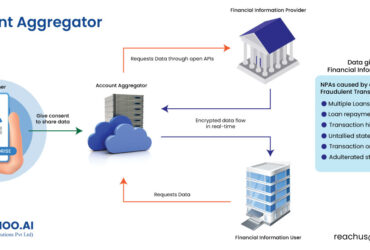
- January 8, 2020
- Mathu G
- Artificial Intelligence, Technology
Most Django projects can be classified as either server-first or client-first architecture. Server-first applications focus on the back end and generating data, while client-first applications focus on the front end and presenting that data. Let’s take a look at each of these approaches.
The server-first architecture
A server-first architecture is a common Django setup that backend developers usually choose. It can be tough to maintain over time.

Here are some common problems:
Inline JavaScript code spread across various templates, making it hard to find things
A base template with a large number of included JavaScript files, increasing the page size and making it difficult to understand page-level dependencies
There’s a lot of duplicate front-end code in different places instead of using shared functions and libraries.
Lack of management of JavaScript dependencies—both within and external to the application
Failure to leverage modern JavaScript features (e.g., ES6 or module systems)
There are a variety of issues that can arise during a project. While not every project will have all of these issues, most will likely have at least some of them. Keep an eye out for these common problems so you can be prepared to deal with them if they come up. An alternative architecture is client-first.
The client-first architecture
While Server-first architectures have been the traditional approach, client-first architectures have been growing in popularity, especially with the rise of modern JavaScript frameworks.
Client-first architectures have several advantages over server-first setups, and front-end developers are often the ones who choose to go down this path. But Client-First architectures have their own set of pros and cons.
They can work great for the right project and team, providing a clear, organized setup that scales well. However, client-first architectures often come with these drawbacks: inability to leverage Django features, complex development setups, and slower and more tedious development processes.
Enter the hybrid architecture
A hybrid architecture combines the best aspects of both server-first and client-first approaches. This allows for greater flexibility and power than either approach alone. With a hybrid architecture, you have the flexibility to choose a client-first or server-first approach on a per-page basis. This allows you to tailor your approach to better suit the needs of each page.
For some pages—such as login pages, static content, or simple UIs—we rely primarily on a server-first setup. For other pages where we need a complex front end, we rely mostly on client-first principles. And for everything in between, we use a toolchain that allows us to use Django with a front-end codebase. This gives us the ability to use the best features of each while still maintaining a clear and sensible codebase.
Now that we’ve seen some examples, let’s look at how we achieve this hybrid architecture in DataMoo. Remember, a hybrid application includes the following types:
Server-first Django pages with little-to-no JavaScript
Client-first JavaScript pages with little-to-no Django
Everything in between
First, we use Django’s templating and routing system to serve pages from the server to the web browser. We can also use custom views and Django APIs for loading data and binding it to our templates with JavaScript. For the second, we have a fully fleshed-out client-side framework such as React or Vue, where a single JavaScript file contains almost everything except for data that needs to be fetched from the Django APIs somewhere optionally. And third, we can use a combination of technologies to ensure that our data is synced and updated properly within the web browser.
So that’s the anatomy of a hybrid application. Leveraging the strength of both approaches—server-first and client-first—we can create powerful, versatile web apps.








Lina
Lorem ipsum dolor sit amet, consectetur adipiscing elit. Cras porta lacus lorem desio interdum lacus ac purus rhon cus, consequat viverra diam vehicula.
Jayz Marcop
Duis aute irure dolor in reprehenderit in voluptate velit esse cillum dolore eu fugiat nulla pariatur.